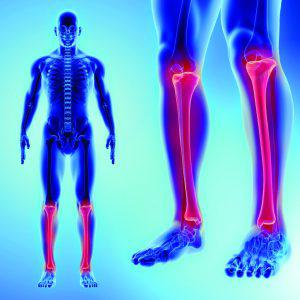Bone Deformity
Identifying Bone Deformity
Identifying a bone deformity is simple if the bone is twisted or curved enough that anyone could visually look at it and see that something is definitely wrong. However, sometimes, the deformities are less noticeable. In these cases, a doctor must do a thorough examination of the limb. Measurements are taken to compare it with the other matching limb. X-rays and/or CTs are typically needed as well.
What are Common Causes of Bone Deformity?
There are many causes of bone deformities. A fracture that is improperly healed or nutritional deficiency can be few reasons. Deformities can also develop by birth. Many of these can correct over time with the growth of child.
Types of bone Deformities
There are a various types of bone deformities. One of them is an angulation. This means the bone is curved.
The other is called torsion, in which the bone is twisted.
Translation of bone refers to the bone moving out of its original position.
Another deformity is when a bone that was broken and heals in a shorter position. Making the entire limb smaller than its original size.
The above mentioned are some types of bone deformities in which the overall shape and sometimes size of the bones are affected.
Correcting Bone Deformity:
Bone deformity leads to discomfort, pain and interfere with daily activities.
By undergoing the correction procedure these issues can be solved and normal function is restored.
The method of correction depends on the type of deformity and the age of the person. If the patient is an infant, their growth plates are likely to be still open. This makes correction simple because a less invasive procedure is employed in treatment. Those who are skeletally mature generally have to have their bones cut and re-stabilized to then heal or grown/lengthened into a corrected position.

